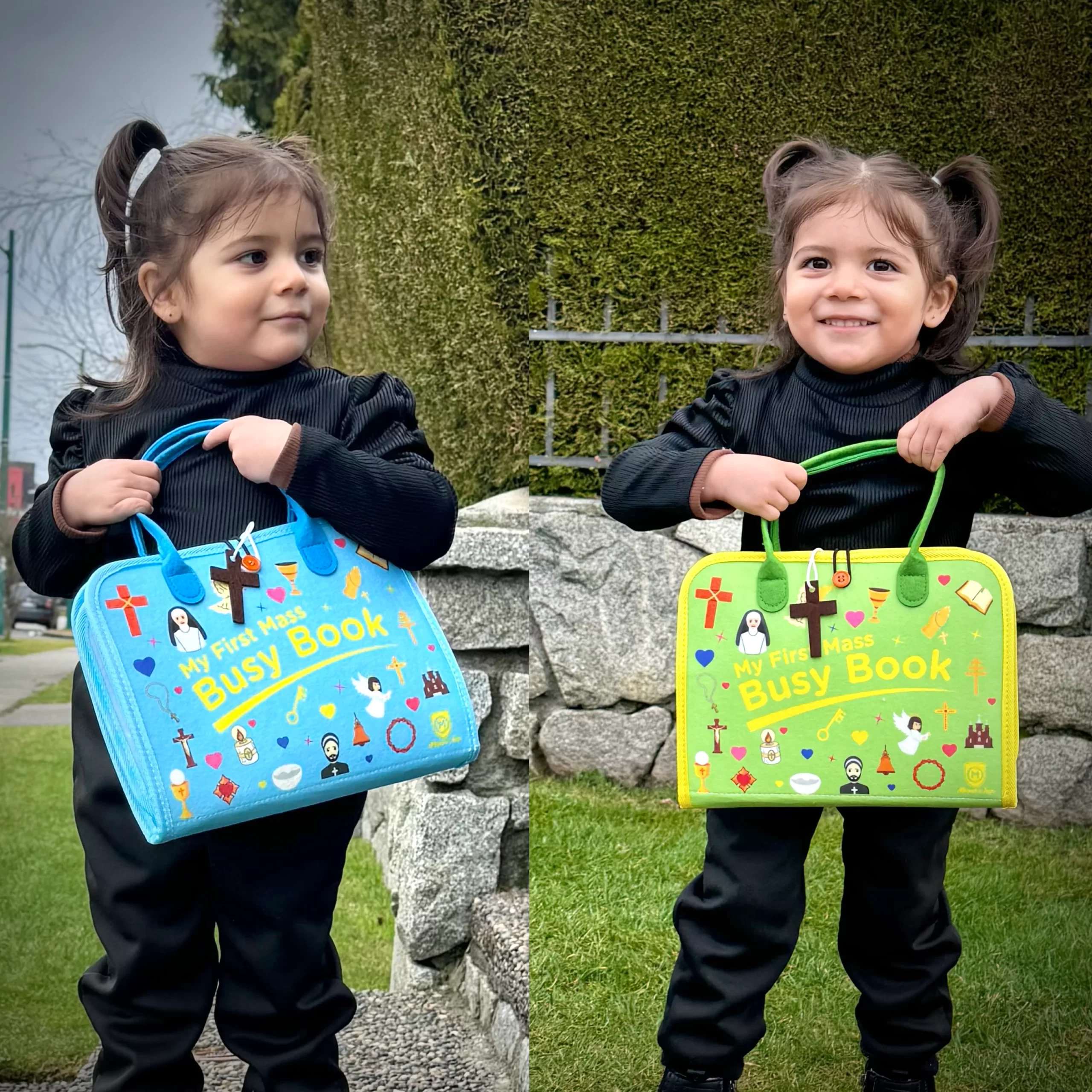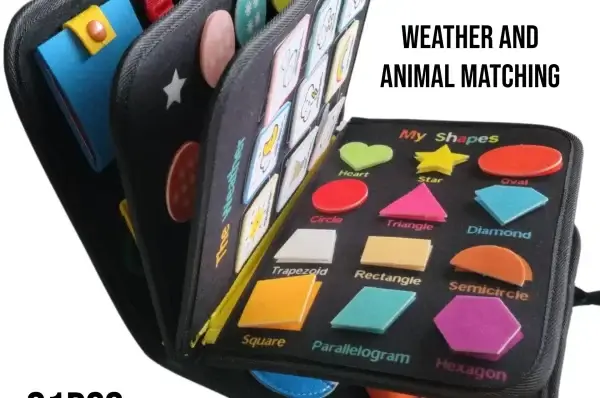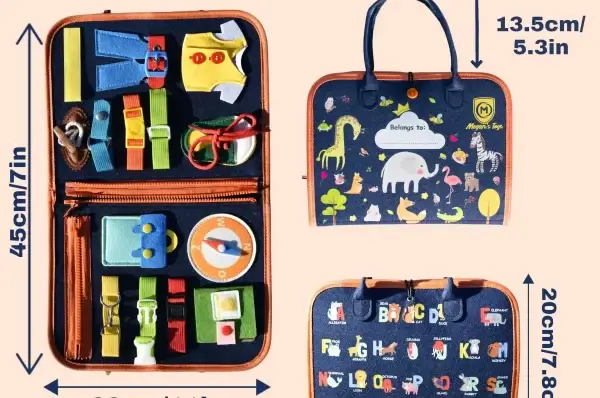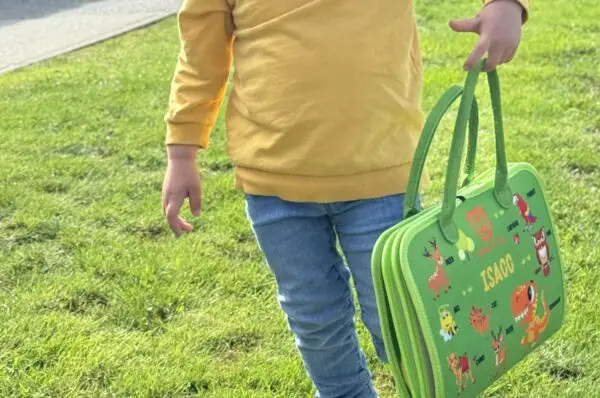Every parent dreams of igniting their toddler’s curiosity and love for learning. At two years old, children are eager explorers, absorbing everything around them like sponges. Montessori education capitalizes on this innate curiosity by emphasizing hands-on learning and independence. In this article, we’ve selected the top 10 Montessori books for 2-year-olds that not only entertain but also encourage critical thinking, creativity, and exploration—perfect for your toddler’s developmental stage.
To enhance these enriching books, consider pairing reading time with hands-on, interactive learning tools like Megan’s Montessori Busy Board, designed specifically to foster your toddler’s sensory exploration and fine motor skills.
Understanding the Montessori Method
The Montessori method, developed by Dr. Maria Montessori, focuses on supporting natural developmental stages through independence, self-directed activities, and hands-on experiences. For toddlers, Montessori-inspired materials and books play a significant role by providing practical, sensory-rich experiences that promote autonomy and curiosity (Learn More about Montessori Education).
Importance of Reading in Early Childhood Development
Reading from an early age is crucial for language development, cognitive growth, and social-emotional well-being. Books designed according to Montessori principles help toddlers connect stories to real-life experiences, encourage sensory interaction, and inspire a lifelong love for learning (Early Childhood Literacy Resources).
Criteria for Selecting Montessori Books for Toddlers
To ensure an enriching reading experience, choose books that:
- Feature realistic, relatable scenarios
- Contain engaging, colorful, and clear illustrations
- Offer interactive sensory elements
- Promote practical life skills and exploration
- Align with Montessori principles of independent learning
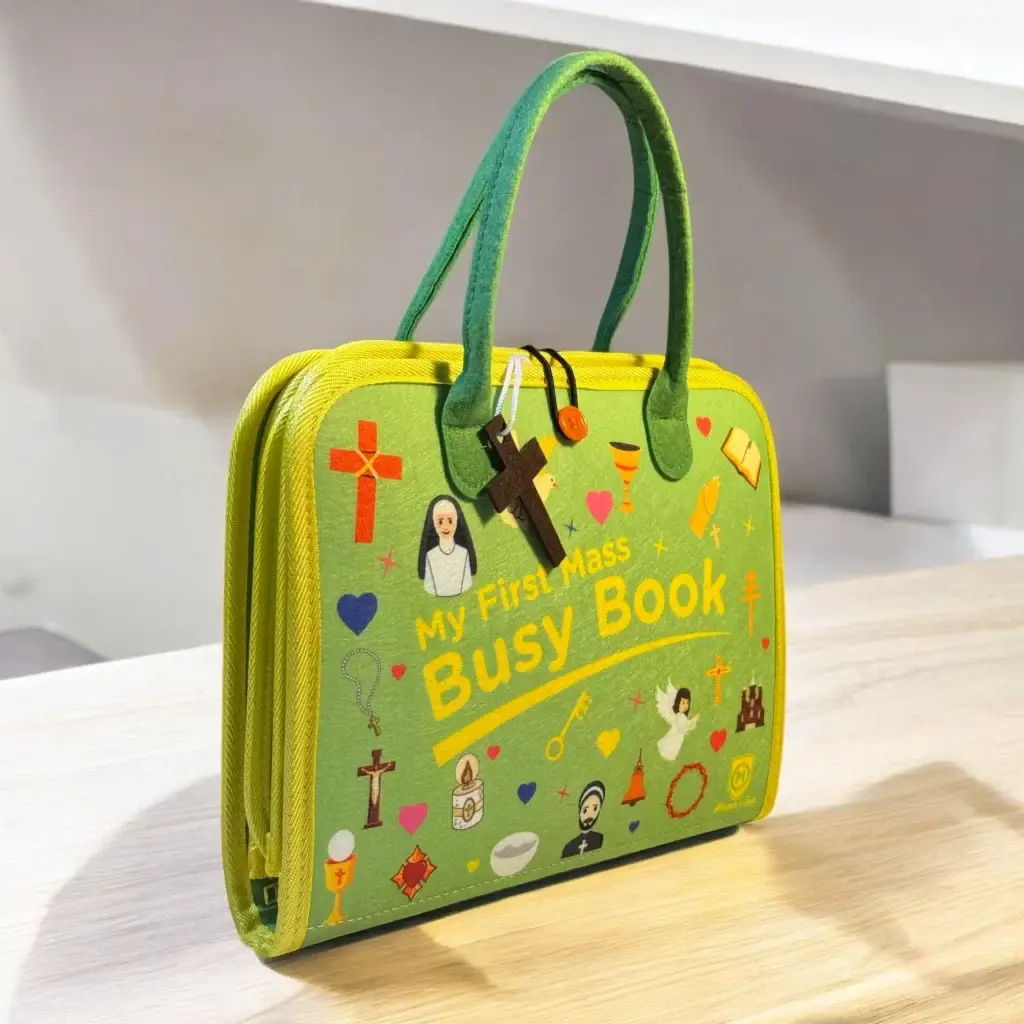
Top 10 Montessori Books for 2-Year-Olds
1. Dear Zoo by Rod Campbell
Toddlers adore lifting flaps to discover animals, enhancing motor skills, and encouraging curiosity.
2. Where is Baby’s Belly Button? by Karen Katz
This delightful book helps toddlers identify body parts, encouraging self-awareness and interactive play.
3. Baby Faces by Margaret Miller
Real-life images of toddlers express various emotions, fostering emotional intelligence and empathy.
4. The Very Busy Spider by Eric Carle
Simple repetitive text and tactile spider web illustrations develop language skills and sensory exploration.
5. I Spy Little Animals by Jean Marzollo
Interactive visual puzzles encourage cognitive skills and observation through simple, engaging riddles.
6. The Snowy Day by Ezra Jack Keats
Celebrating sensory exploration and nature, this classic helps children relate to their outdoor adventures.
7. Press Here by Hervé Tullet
An interactive book that invites toddlers to press, shake, and tilt the pages, teaching cause-and-effect.
8. Little Blue Truck by Alice Schertle
A heartwarming story emphasizing kindness and friendship through engaging rhymes and vivid illustrations.
9. Ten Little Fingers and Ten Little Toes by Mem Fox
Promotes counting, cultural diversity, and body awareness through gentle rhymes and charming illustrations.
10. Eating the Alphabet by Lois Ehlert
Introduces toddlers to healthy foods, colors, and the alphabet, encouraging exploration and language skills.
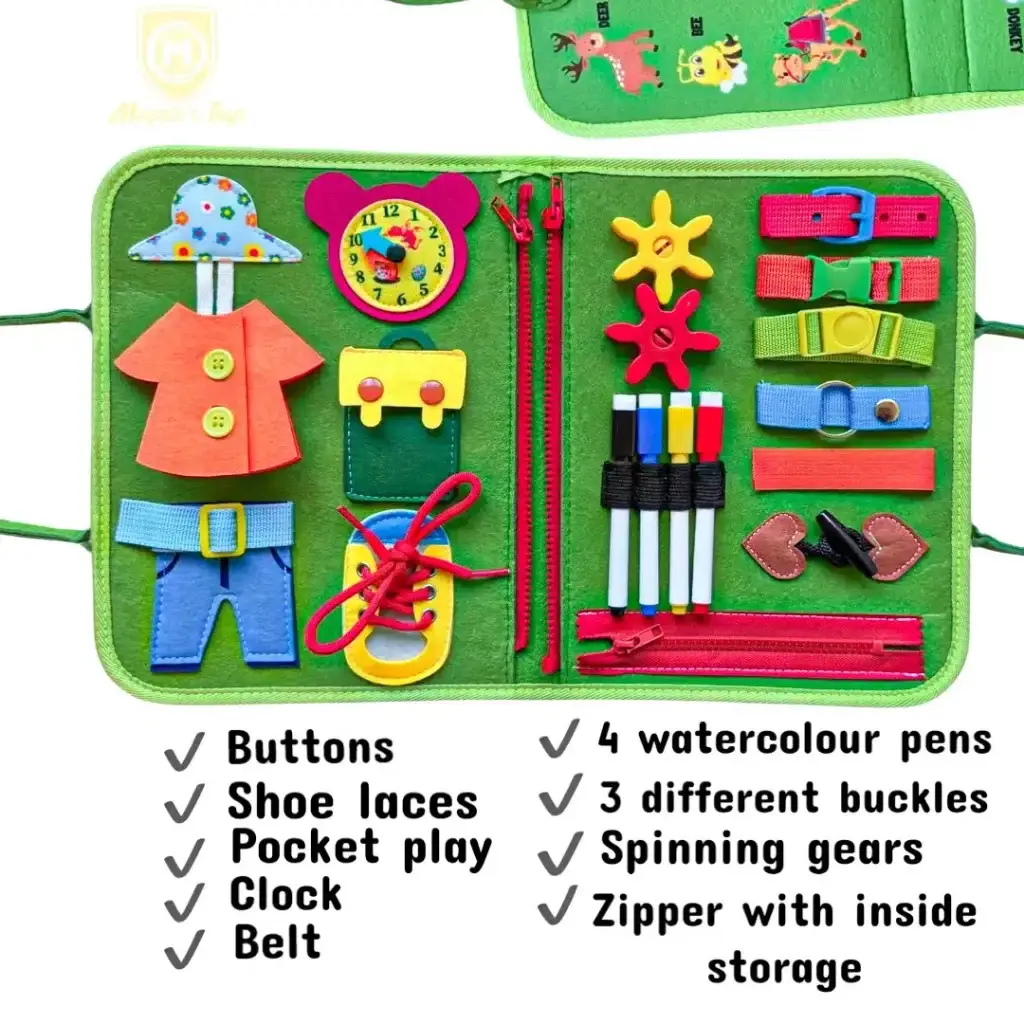
How to Incorporate Montessori Books into Daily Routines
Integrating Montessori reading into daily routines can significantly enhance your toddler’s learning. Establish consistent storytime rituals, let your child choose books, and encourage independent exploration. Enhance reading by introducing practical Montessori-inspired activities, such as using Megan’s Montessori Busy Board during playtime. This helps toddlers practically apply the skills they learn through reading, such as matching, sorting, and sensory engagement.
Engaging Activities to Complement Montessori Reading
- Dear Zoo: Use animal figurines alongside the busy board for tactile matching games.
- Where is Baby’s Belly Button?: Incorporate busy board puzzles focused on identifying and matching images of body parts.
- Baby Faces: Encourage emotional recognition and matching games using illustrated facial expressions.
- The Very Busy Spider: Pair with the lacing and weaving activities from your Montessori busy board, enhancing fine motor skills.
- I Spy Little Animals: Use busy board’s interactive animal pages for a hands-on matching game to complement visual puzzles.
- The Snowy Day: Combine outdoor sensory experiences with busy board textures, connecting book exploration to real-world discovery.
- Press Here: Utilize interactive elements from the busy board to encourage similar sensory and tactile exploration.
- Little Blue Truck: Role-play scenarios with busy board vehicle elements, promoting imaginative play and language development.
- Ten Little Fingers and Ten Little Toes: Create counting and sorting activities with busy board pieces to reinforce early math skills.
- Eating the Alphabet: Integrate color and shape matching games using the busy board to strengthen sensory recognition and vocabulary.
For more activity ideas, visit Montessori Activities for Toddlers.
Tips for Creating a Montessori-Inspired Reading Space
- Provide low shelves to offer toddlers easy access to books.
- Include comfortable seating with soft cushions or mats.
- Keep books organized, displayed clearly to invite exploration.
- Include sensory and practical-life materials, such as busy boards, near books for interactive learning opportunities (Designing Montessori Spaces).
The Role of Parents in Fostering a Love for Learning
Parents are essential guides in their toddler’s early learning journey. Be actively involved during reading and exploration, asking open-ended questions, and encouraging curiosity. Pair reading sessions with interactive experiences like your Montessori busy board, creating meaningful connections between books and real-life activities. Show enthusiasm and model curiosity to inspire your child’s love for discovery and learning (Tips for Montessori Parenting).
Additional Resources for Montessori Parenting
Expand your Montessori journey through these trusted resources:
- Association Montessori Internationale (AMI)
- “Montessori From the Start” by Paula Polk Lillard
- American Montessori Society (AMS)
Conclusion: Nurturing Lifelong Learners through Literature and Play
Introducing your toddler to Montessori books and engaging activities significantly enriches their developmental journey. Pairing delightful reads with interactive tools such as the Megan’s Montessori Busy Board amplifies this experience, making learning immersive and joyful. Embrace these opportunities to ignite your toddler’s passion for exploration, creativity, and lifelong learning.
💬 Join the Conversation!
We’d love to hear how Montessori books and busy boards have influenced your toddler’s growth. Share your experiences and favorite activities in the comments below!

